
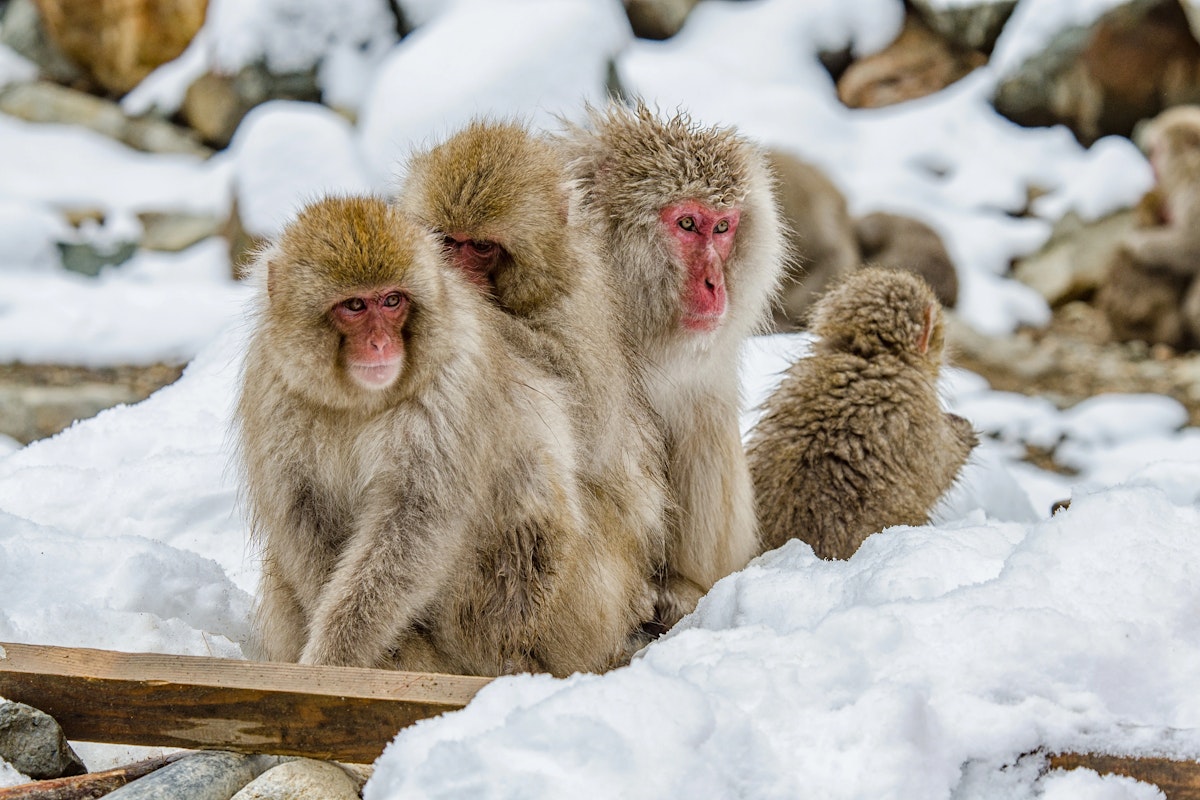
如果你曾經夢想在一個真正神奇的冬季環境中見證野生動物,地獄谷雪猴公園在日本是一個你不會想要錯過的體驗。它隱藏在長野縣的山脈深處,這個隱藏的寶石是世界著名的日本猕猴的家園——更廣為人知的是雪猴——牠們發展出一種獨特且可愛的習慣:在天然溫泉裡洗澡。
在這個指南中,你將學到計畫訪問所需的所有知識——從如何前往和最佳的旅行時間,到關於猴子的迷人事實和讓你的旅行更充實的貼士。無論你是野生動物愛好者、自然愛好者,還是尋找真正獨特日本體驗的旅行者,這篇文章都將幫助你把好奇心變成難忘的冒險。
坐落於日本阿爾卑斯山,地獄谷野猿公園或地獄谷,名字源自於從地殼噴出來的蒸汽和沸水。這個公園地理位置偏僻,為猴子和溫泉愛好者創造了獨特的環境。
「地獄谷」這個名字翻譯成地獄谷,這指的是圍繞著天然溫泉的蒸汽和火山景觀。
日本猕猴,通常被稱為雪猴,生活在世界上北部地區的任何非人類靈長類動物中。
該公園被稱為地獄谷猴子公園或地獄谷野猿公園。
猴子根據居住地分為兩大類。雪猴屬於老世界群體,包括非洲和亞洲的猴子。
雪猴生存在最北部,比其他任何非人類的猴子類型都多。在日本,他們以厚毛皮保持溫暖,有時會在溫泉中洗澡。
在日本,猴子在故事和宗教中佔有重要地位。人們認為他們帶來神明的訊息並且是好運的象徵。著名的「不見惡、不聞惡、不言惡」的理念源自日本。
雪猴的臉頰上有特殊的口袋。他們用這些口袋存放額外的食物,以備後用。
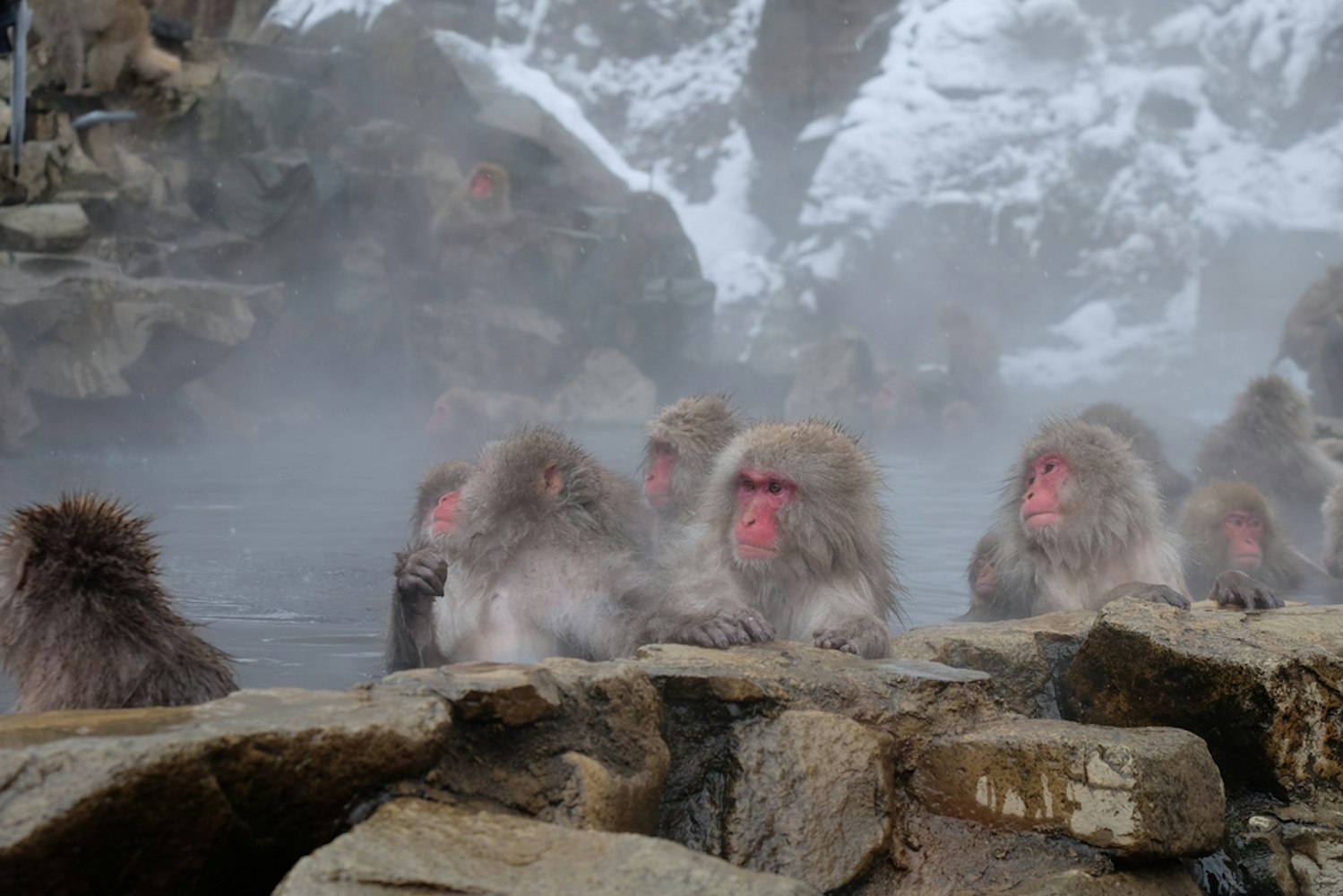
雪猴,也稱日本猕猴,是:
雪猴,或日本猕猴,擁有非常厚的毛皮,以抵禦嚴酷的寒冷天氣。這一獨特特徵使他們在大多數其他猴子物種掙扎求生的地方茁壯成長,特別是在雪覆蓋地面時。
這些迷人的動物以其錯綜複雜的社會層級和關係而聞名,他們參與互相梳理和其他社區活動,如兔子洗澡,為那些對動物行為感興趣的人提供了一個迷人的景象。
這些猴子足夠聰明,可以利用工具完成各種任務,同時他們也學會在寒冷的季節泡在熱泉裡,展示出令人印象深刻的適應能力和解決問題的技能。
擁有多樣化的飲食,從水果和葉子到小動物,雪猴可以適應不同的環境,充分利用環境中可獲得的資源,即使在厚厚的雪覆盖的地方也是如此。
除了生物上的獨特性,雪猴在日本文化和民俗中具有特殊地位;它們被認為是神明的使者和好運的象徵,並且在聽到它們故事的人們的想像中有著重要地位。
這些卓越的猴子已經適應了生活在能找到猴子的最北部地區,展示出在被雪和冰覆蓋的寒冷環境中生存和茁壯成長的令人印象深刻的能力。
觀察到雪猴在清洗食物,甚至將食物浸入海水中,不僅是為了清潔,還是為了增添鹹味,展示出對他們環境的獨特創造性和複雜的理解,並展示出較高的解決問題能力。
觀察到雪猴小群中強烈的母愛關係是一場迷人的景象,因為母猴被看到緊緊抱著幼子,仔細梳理,並對任何潛在的威脅保持警惕,顯示出錯綜複雜的社會互動和深厚的關懷。
雪猴的一個最吸引人的特徵是它們在寒冷的天氣中學會在天然熱泉中洗澡,這一習慣是它們從人類的觀察中學來的,現在既是生存策略,也是一種社交互動的形式。
他們是少數適應嚴酷冬季氣候的野生動物之一,透過浸泡在天然熱泉中,提供出無與倫比的景象。
這裡的熱泉洗澡特別因為地獄谷的猴子是唯一喜愛在熱水中洗澡的猴子。通常,猴子不喜歡水,但他們喜歡舒服地浸泡。這是如何發生的呢?他們是通過觀察人類學到的!
國家公園於1964年建立,旨在保護這些獨特的猴子。在牠們甚至開始泡在熱泉之前,人們已經在附近的客棧Korakukan享受這些溫暖的水。
猴子感到好奇,也想試試看。Korakukan一直非常受歡迎,因為其溫泉水中富含獨特的礦物質。
猴子看到人們享受,決定也跳進去。現在,這個公園在世界各地受到熱愛。
冬天是最擁擠的時候,猴子花很多時間在熱泉中。研究顯示,這不僅僅是為了好玩——洗澡幫助懷孕的猴子放鬆。
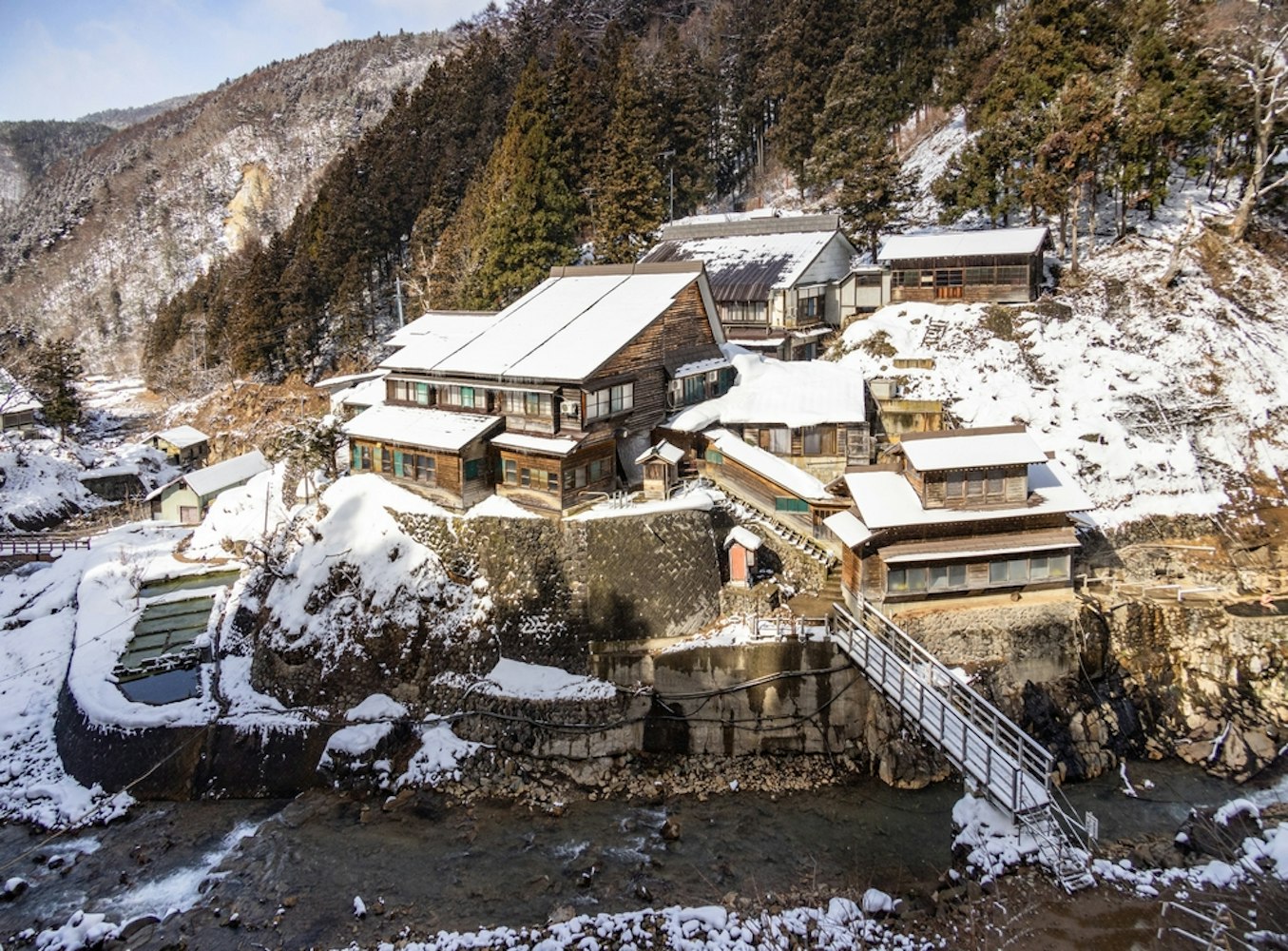
你可以使用你的日本鐵路通行證前往長野站。從那裡,在3號公車站搭乘快線巴士。
巴士到長野縣的旅程約需40分鐘,費用為¥1400。你可以在Kanbayashi Onsen站或雪猴公園站下車。
從任何一個巴士站到公園入口步行需要30到40分鐘。或者,你也可以從長野站乘坐卧铺列車到達湯田中站。
該列車不包含在你的日本鐵路通行證中。從湯田中站,你可以搭乘巴士或計程車接近公園。或者你可以開車前往公園。
停車場收費,步行到公園入口需要10到15分鐘的路程。在冬季,路可能會被封閉。附近的一些酒店提供免費接駁服務到停車場。
山內地區在冬季特別寒冷,尤其是從12月到3月。1月和2月是最佳的觀賞時間,猴子在雪樹背景中洗澡,景色迷人。
不過,在較暖的月份你也可以來訪。公園的工作人員全年會餵養猴子,所以他們通常會在人工浴旁邊,即使在10月初也會出現。
訪問公園的一個亮點是沿著通往公園入口的蜿蜒道路的風景如畫的步行。小徑可能會滑,因此穿著雪靴是個不錯的選擇。你將穿過鬱鬱蔥蔥的樹林,甚至會遇到溫泉或「溫泉」。
雖然我們沒有在任何地方停下來,但這些溫泉如果你有些閒暇時間,可以提供一個放鬆的休息。你還會發現通往入口的紀念品商店,可以在那裡購買紀念品。
整個步道根據你的步行速度,可以在25-40分鐘內完成。
最後,經過一路複雜的時刻表和森林跋涉後,你終於來到了目的地!現在,你可以享受觀看雪猴在公園中的樂趣。
公園圍繞著一個大部分遊客聚集在一起、都拿著相機的熱泉。進入那裡並拍到一張照片可能會有些困難,所以放下相機,欣賞這一獨特的時刻才是明智之舉。
公園面積很大,有幾個區域可以探索,包括一個售賣不錯紀念品的訪客中心(當然都是猴子主題的)。公園還有其他部分可以研究,你可以看到雪猴。 例如,一條河流貫穿公園中央,猴子在這裡放鬆和玩耍,你會看到它們爬上陡峭的岩壁。
規則與法規
堅持在指定的道路上,以最小化對猴子自然棲息地的干擾並確保你的安全。
將手機和相機調至靜音模式,以免驚嚇到動物。
請負責任地處理垃圾,使用指定的垃圾桶或自帶垃圾,以保持公園的清潔。
不可做的
避免使用閃光燈拍攝,因為明亮的光線會幹擾和給動物帶來壓力。
保持低聲交談,保持冷靜,以維持安靜的環境。
遠離小猴子;如果其幼子受到威脅,母猴可能會變得攻擊性。
記住,這些是野生動物。尊重它們的空間和自然環境,以獲得充實的體驗。
在長野的額外活動
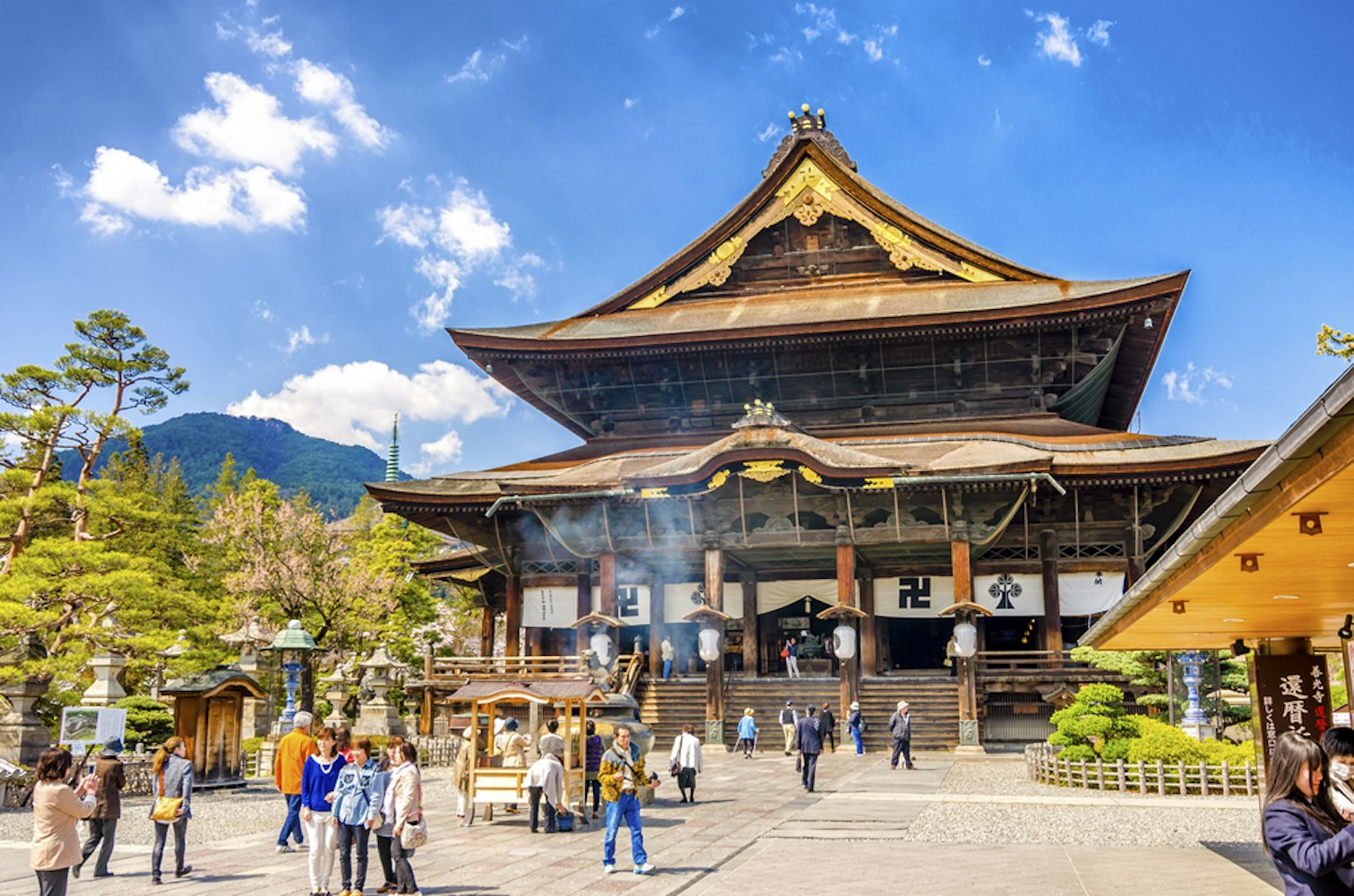
滑雪冒險和放鬆的溫泉等各種活動。1. 參觀善光寺
2. 試吃蕎麥麵
蕎麥麵,那些麵條是最正宗的。由熟練的廚師現做的麵條不僅僅是一頓飯,它們體現了該地區豐富的烹飪文化及其對風味和營養的奉獻。3. 去滑雪
4. 參觀松本城
5. 去溫泉長野擁有豐富的天然熱泉,使其成為沉浸在放鬆的溫泉體驗中的理想地點。富含礦物質的溫泉浴被認為具有治癒特性,提供了一個寧靜的避風港,遊客可以放鬆身心,同時享受美麗的自然風景。地獄谷的魔法:獨特的雪猴冒險
雪猴公園
這個經驗是超凡而獨特的,一次難得的機會。如果你對在幾乎神奇的環境中目睹猴子生活的想法感興趣,是時候開始計劃你去地獄谷的旅行了。Snow Monkey Park offers an unparalleled journey into the lives of these fascinating creatures. The park's natural hot springs and unique geographical features make it more than just a day trip but a deep dive into Japan's rich natural history.
The experience is ethereal and truly a once-in-a-lifetime opportunity. If the idea of witnessing monkeys live in an almost magical setting intrigues you, it's time to start planning your trip to Jigokudani.
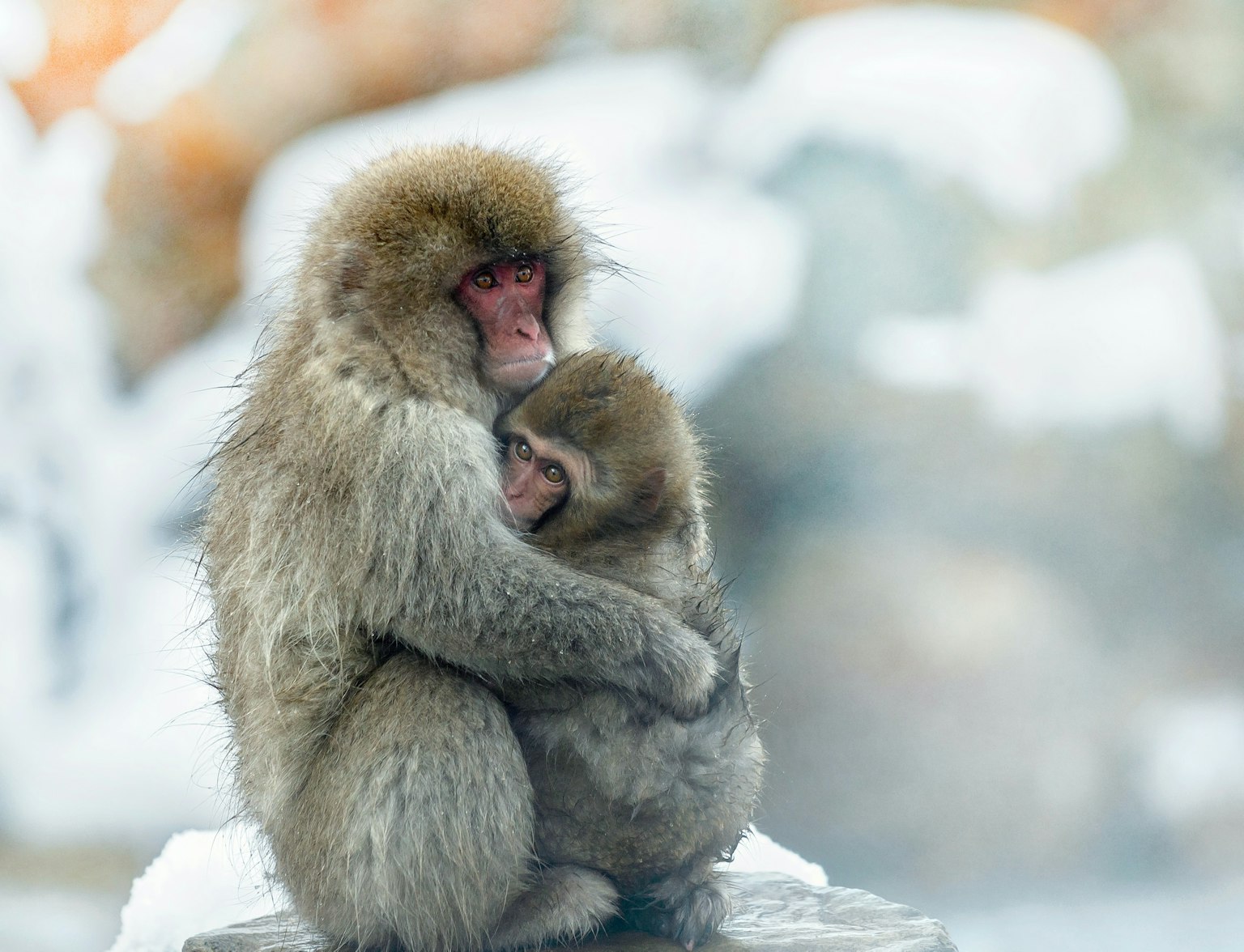
參觀長野的雪猴及其他景點。



